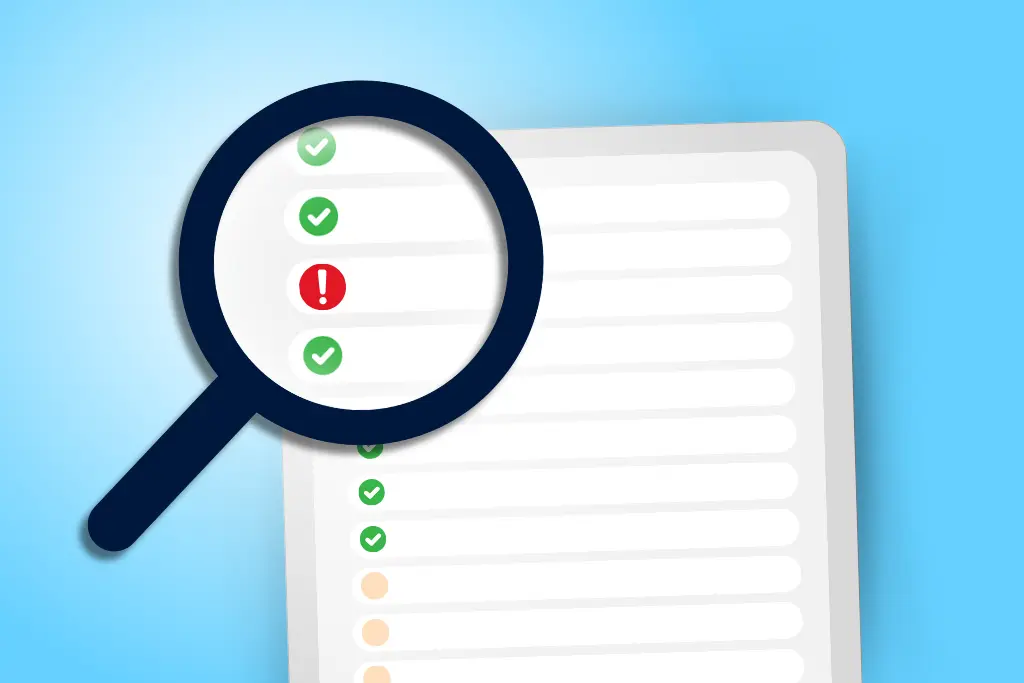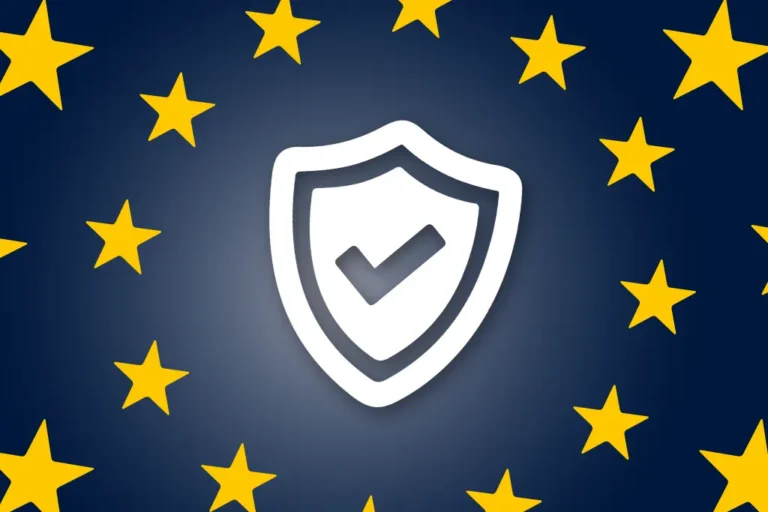Businesses must stay up to date with their compliance strategies and quickly adjust their compliance frameworks to meet ever-changing regulatory needs and manage emerging risks as we navigate the ever-expanding universe of data.

Here are nine indicators that your compliance procedure may require adjustment, along with some useful advice to raise the ante on compliance:
1. You tend to operate in a somewhat traditional way
It’s time for a change if your compliance procedures are still done by hand. These techniques may cause you to move slower, potentially make mistakes, and raise the possibility of non-compliance. Upscaling becomes more difficult; audit and merger preparation take more time. Automation is the answer. It’s essential to improving the caliber of your compliance.
2. Compliance issues arise frequently
Are you regularly confronted with incomplete paperwork, missed deadlines, and faulty records? It’s not just bad luck; such challenges often indicate greater challenges that require attention. Addressing them requires a solid compliance foundation, the identification and elimination the underlying causes, and automated tools to prevent recurrence.
3. You’re finding it difficult to comply with recent regulations
If your organization is having trouble adjusting to new regulations, it may be because you don’t have the flexibility and technological capacity to quickly fulfill new compliance standards. For effective and flexible compliance with new requirements such as the Artificial Intelligence Act and the EU Corporate Sustainability Reporting Directive (CSRD), it is essential to use agile systems and configurable workflows.
4. You don’t have access to real-time data
Your compliance approach is reactive rather than proactive in the absence of real-time data availability. This may impede scalability, adaptability, and strategic decision-making. Maintaining compliance across expanding enterprises and guaranteeing audit and M&A readiness depend heavily on real-time reporting.
5. Your compliance data is scattered
Is your compliance data distributed among several systems? Longer processing times, more vulnerabilities, data duplication, and inefficiencies can result from this. The answer? Automated streamlined and centralized workflows . They are essential for improving data security, cutting down on human workload and handling times, and managing compliance effectively.
6. You don’t adapt to technological advancements
Some businesses are reluctant to use technological innovations in their compliance procedures. This may make it more difficult to become agile and efficient. Resistance may stem from worries about costs, a fear of change, or a lack of understanding of technological alternatives. However, a reluctance to embrace technology can impede development, restrict scalability, and keep you from taking advantage of automation’s advantages for compliance optimization.
More on the importance of technological innovation in our whitepaper “Why Embracing Change is Essential for Your Legal Department”
7. Your awareness and training initiatives are inadequate
Poor training and awareness campaigns about compliance procedures may cause miscommunications among staff members, which increase the risk of non-compliance. Creating a culture of compliance awareness and funding extensive training programs is crucial to developing an informed and compliant workforce.
8. You’re not making the most of data analytics
It might be challenging to extract useful insights from compliance-related data in the absence of strong data analytics capabilities. This may affect proactive risk management and well-informed decision-making. Implementing cutting-edge analytics tools and methods will improve your ability to spot irregularities, track compliance performance, and allocate resources optimally for optimum effect.
9. There are gaps in your governance structures
Effective compliance management may face major obstacles if your governance structures have spread out with decentralized decision-making, isolated departments, and competing goals. Coherent compliance processes must be promoted throughout the organization by streamlining governance structures, encouraging cross-functional collaboration, and creating distinct lines of accountability.
What should you do next?
It takes a strategic approach and reliable technology solutions to navigate the complexity of compliance processes in today’s volatile business climate.
It’s evident that an extensive revamp of compliance methods is necessary as companies struggle with issues including fragmented governance structures, reliance on manual processes, and difficulty adjusting to changing requirements.
We at DiliTrust recognize the value of streamlining compliance procedures. Our all-inclusive suite consists of five modules that cover every aspect of legal and corporate activity, all while offering unmatched digitalization possibilities. We provide businesses with the resources they need to improve efficiency, foster teamwork, and fortify security throughout their compliance processes.
DiliTrust is there for you to assist you on the path to compliance. Speak with one of our specialists to receive a customized case study tailored to your unique requirements.


